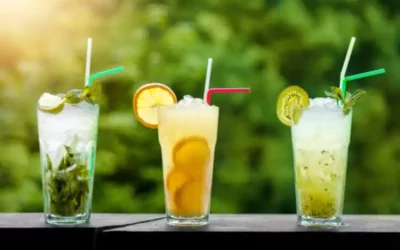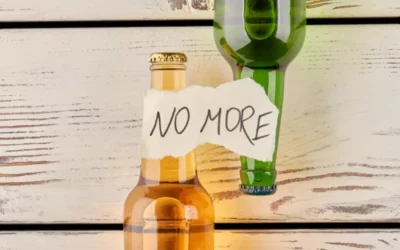Teenagers who abuse substances are more likely to have mental health issues. Conversely, teenagers with mental health issues are more likely to use substances to cope with their problems. If you’re the parent, the first step is to review the signs and symptoms above.
- This increase is largely attributed to illicit fentanyl, a potent synthetic drug, contaminating the supply of counterfeit pills made to resemble prescription medications.
- Teenagers in New Hampshire are 27.56% more likely to have used drugs in the last month than the average American teen.
- Adolescents tend to drink if the adults around them drink or binge drink alcohol.
- An estimated 321,566 children in the United States lost a parent to drug overdose from 2011 to 2021, according to a study published in JAMA Psychiatry.
Economics of Prevention

It’s long been known that marijuana use can help trigger psychosis, and the potency of cannabis is much stronger now than in decades past, the Toronto investigators noted. They estimate that teen drug abuse the average THC potency of cannabis in Canada rose from roughly 1% in 1980 to 20% in 2018. The teen years may be an especially vulnerable time in this regard, the researchers noted.
Why is adolescence a critical time for preventing drug addiction?
Teenagers in Illinois are 4.29% more likely to have used drugs in the last month than the average American teen. Teenagers in Idaho are 7.98% less likely to have used drugs in the last month than the average American teen. Teenagers in Hawaii are 11.64% less likely to have used drugs in the last month than the average American teen. Teenagers in Georgia are 19.01% less likely to have used drugs in the last month than the average American teen.
Charitable Care & Financial Assistance
When you suddenly stop using a substance, you may experience withdrawal symptoms. Withdrawal typically happens to people who have become addicted or dependent on substances and suddenly stop using them. Try to remind yourself and your teen that most healthcare professionals only want to help, not judge.

New York State Opioid Data Dashboards

Educate teens about drugs, drug use, and life skills with activities and lessons from Scholastic. Pilot studies of this curriculum in schools around the country revealed that students who took this training knew the signs of an overdose and how to respond to it, says Vakharia. It’s also important to educate them that not all drugs are equally dangerous, he adds. “Alcohol and cannabis are not risk free, of course. But we know that those drugs have never been found to be contaminated with fentanyls, whereas pills and powders are at a very high risk of being contaminated.”
Over 115 million pills containing illicit fentanyl seized by law enforcement in 2023
And while 7 percent of young adults who tried opioid painkillers became addicted soon after taking them, that figure rose to 11.2 percent among younger users. Most troubling to the authors of the new study was how many people went on to develop a substance use disorder, indicating that their experimentation had spiraled into an addiction. The researchers found that within a year of first trying marijuana, 11 percent of adolescents had become addicted to it, compared to 6.4 percent of young adults. Even more striking was that within three years of first trying the drug, 20 percent of adolescents became dependent on it, almost double the number of young adults. As noted previously, early use of drugs increases a person’s chances of becoming addicted. Remember, drugs change the brain—and this can lead to addiction and other serious problems.
- This fact sheet offers young adults information on living with depression, including depression and approaches to treatment.
- The teen brain is particularly vulnerable to being rewired by substances that overload the reward circuits in the brain.
- Teenagers in New York are 0.25% less likely to have used drugs in the last month than the average American teen.
Health effects of drugs
Marijuana, Alcohol, Cocaine: Teen Drug Use by the Numbers – U.S. News & World Report
Marijuana, Alcohol, Cocaine: Teen Drug Use by the Numbers.
Posted: Tue, 21 May 2024 15:46:00 GMT [source]
